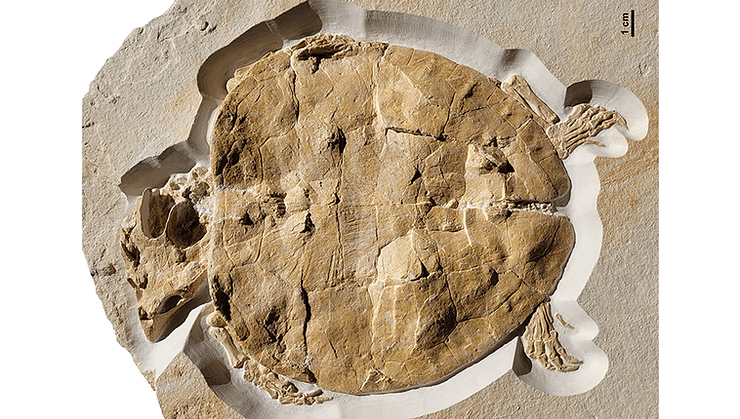By: Isaac Yuan
Some 150 million years ago, during the late Jurassic Period, a turtle died and was buried in a shallow tropical archipelago ringed with sponge reefs. This salty, brackish lagoon, now somewhere in Bavaria, prevented scavengers from eating the remains of anything that dies in it, and it was very good news for paleontologists who have pulled complete fossils of everything for a hundred years, including fish, marine reptiles, pterosaurs and feathered dinosaurs like Archaeopteryx from the Solnhofen Limestone.
The paleontologist’s latest find was an almost-perfect fossil of a turtle. According to PLOS One, “the specimen represents an approach to marine life unlike that of any shelled reptile today.” (New York Times)
The 9-inch turtle was flat, or pancaked, but it was still the most complete fossil they’ve gotten so far.
Coastal, clawed marine turtles were incredibly successful throughout the remainder of the Mesozoic Era. While Solnhofia became extinct at the end of the Jurassic as sea levels fell and the European archipelagos briefly dried out, they persisted through the extinction of the dinosaurs, evolving bizarre representatives with cue-ball-shaped heads in the Eocene Epoch before finally disappearing, which was not something all reptiles could do.
Still, turtles that can thrive in such an environment may not have disappeared forever, says Dr. Rabi. Bottom-feeding coastal turtles appear to have evolved as a response to higher sea levels and the resulting boom in shallow marine ecosystems, but with all the ice melting because of global warming, these evolved turtles might evolve back into what they were before.











